EPCOR, the water utility company that runs the fountains up in Edmonton, Canada released this graph yesterday. It’s water consumption during the Olympic gold medal hockey game, overlaying consumption of the previous day. How much do Canadians love their hockey? A lot.
The first period ends. Time to pee. The second period ends. Time to pee. The third period ends. Time to pee. Consumption goes way down when Canada wins and during the medal ceremony.
Finally, when it’s all said and done, the rest of the country can relieve itself, figuratively and literally.
[via contrarian | thanks, @statpumpkin]

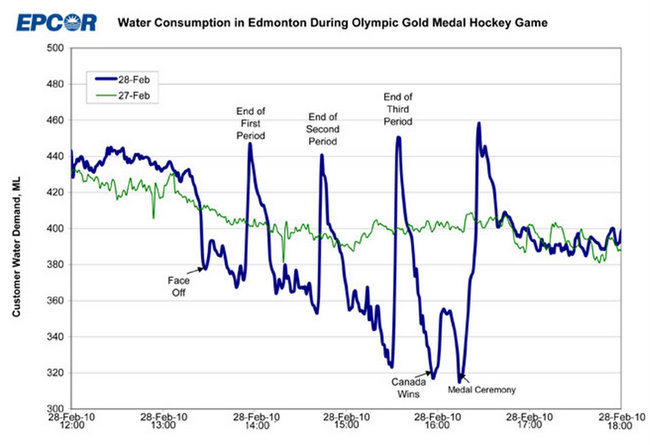



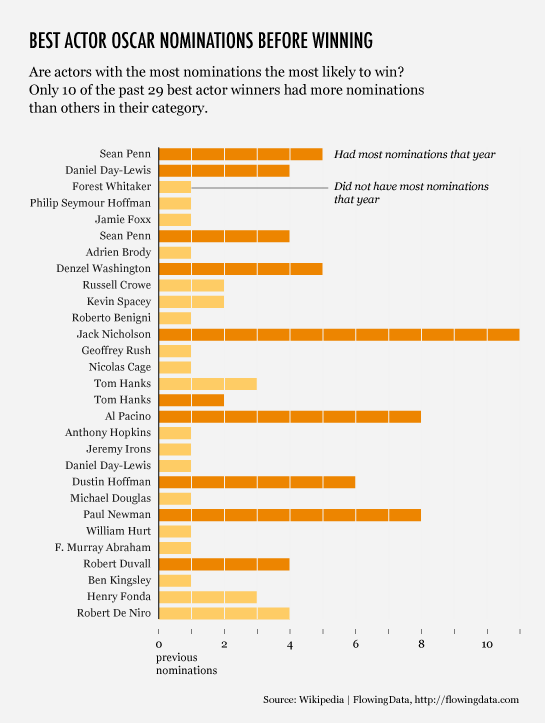
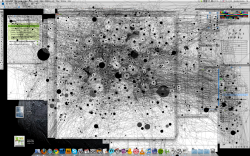




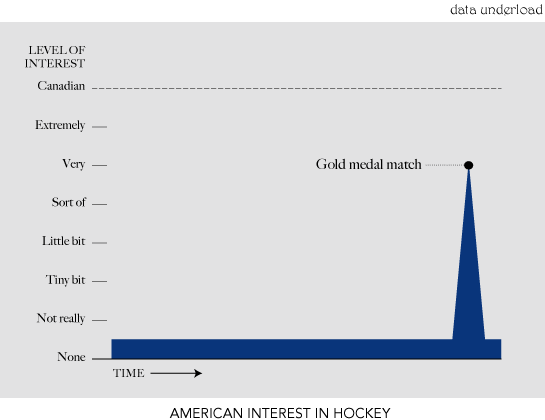
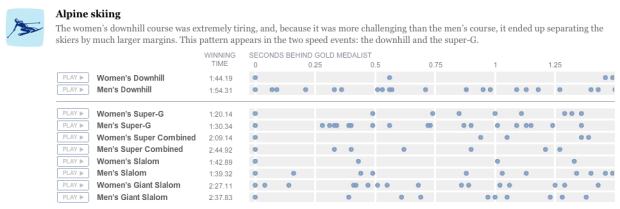
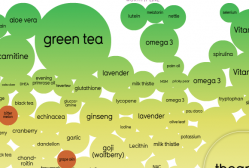
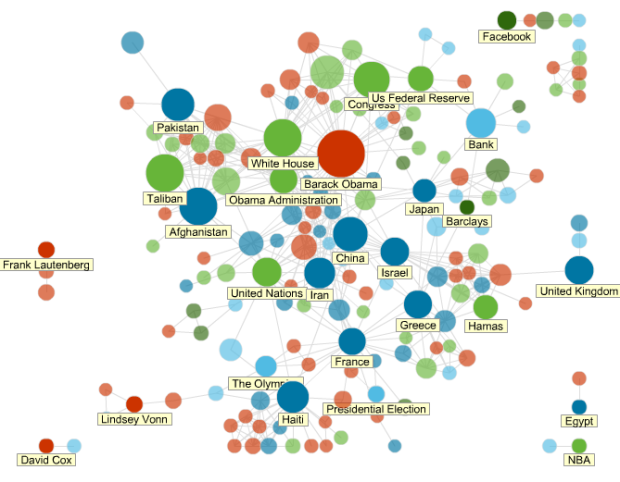

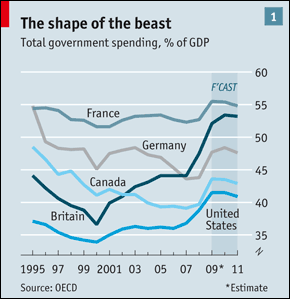
 Visualize This: The FlowingData Guide to Design, Visualization, and Statistics (2nd Edition)
Visualize This: The FlowingData Guide to Design, Visualization, and Statistics (2nd Edition)










